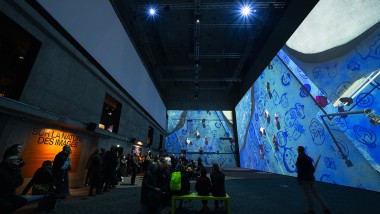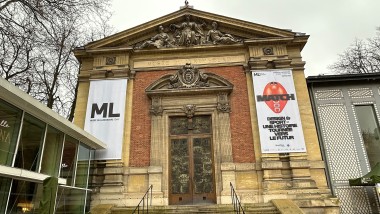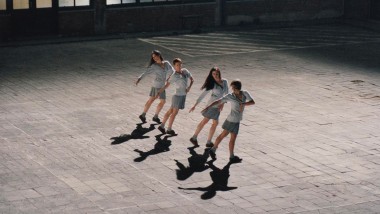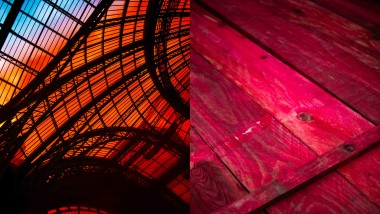
The Nabis
The emergence of a new artistic movement
During the summer of 1888, a group of artists from the Julian academy who shared the same artistic concerns united under the name Nabis, meaning prophet in Hebrew. They initially included Paul Sérusier, Pierre Bonnard, Maurice Denis, Ranson and Henri-Gabriel Ibels, then Edouard Jean Vuillard and Ker Xavier Roussel, and finally Aristide Maillol and Félix Valloton. Enthusiasts of symbolic literature and esoteric texts, they met every month for dinners during which they discussed and defined a new style of painting.Paul Sérusier soon became an emblematic figure in the group, which recognized the manifesto of the aesthetic they intended to develop in his painting The Talisman (1888, Orsay Museum). Painted according to advice from Paul Gauguin during his stay in Pont-Aven (“How do you see these trees […]? They are yellow. So add some yellow; this bluish shadow, paint it with pure ultramarine […]”), this Bois d’Amour landscape in fact presents all the major characteristics of Nabis painting: synthetic forms identified from a Prussian blue or black outline; surface flatness; intensity of colours.
The two sides of the Nabis
Two distinct focuses can be distinguished within the Nabis. The first, profoundly sacred, is led by Denis and his desire to renew religious art. It owes a great deal to the primitive simplification of forms announced by Paul Gauguin. The other, profane, more influenced by Edgar Degas through its choice of subjects from modern life (portraits of elegant women, scenes of middle-class homes, women bathing, etc.) frequently play on the juxtaposition of decorative motifs (wall paper, printed fabrics) and unusual framing.
An avant-garde artistic language
Initially labelled syntheticism, the Nabis painting was soon renamed "Neo-Traditionalism" by Maurice Denis who published “The definition of Neo-Traditionalism” in the journal Art et Critique on 23rd and 30th August 1890. The first article remained famous for so precisely defining the modernity of the approach: "Remember that a painting – before being a battle horse, a naked woman, or some anecdote – is essentially a flat surface covered in colours in a certain assembled order. Therefore the Nabis art, with its juxtaposition of coloured depths of highly contrasting values, can only constantly affirm its flatness.
Whether in relation to the mystical branch (Denis, Sérusier, Ranson), influenced by early Tuscan painters and Byzantine art, or the modern branch (Bonnard, Valloton, Vuillard), inspired by Japanese prints and photography, all contributed to reinventing an artistic language which would leave a long-lasting impression on ideas and contribute to the emergence of the avant-gardes in the early 20th century, in particular Fauvism.


Design goes the extra mile for sport! The trailer for the next exhibition at the Musée du Luxembourg
Article - 11 March 2024
‘Rosas Danst Rosas', A contemporary dance by Anne Teresa De Keersmaeker in response to Stein
Article - 24 January 2024

